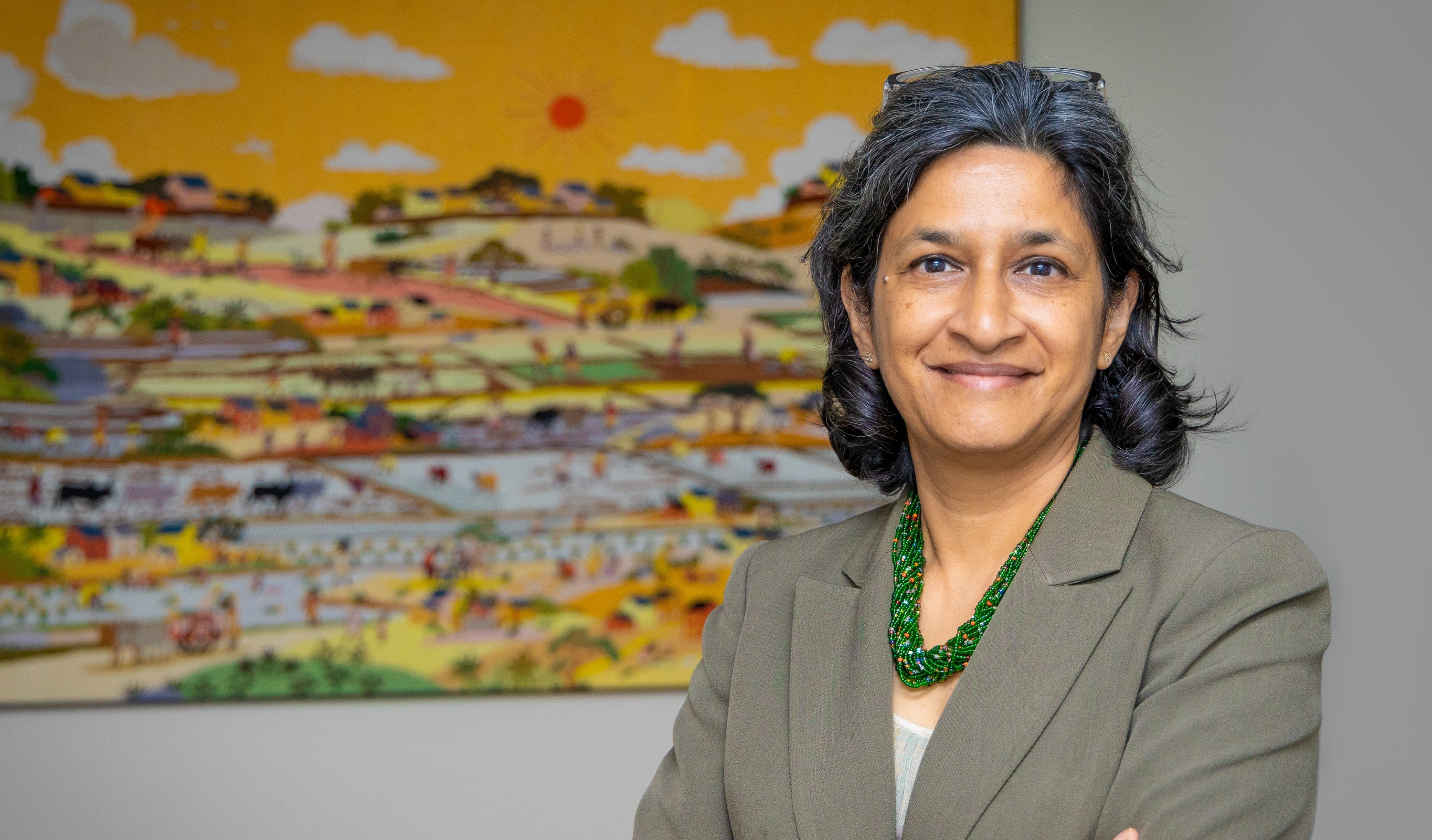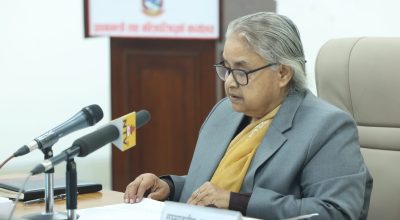
WASHINGTON, DC – The COVID-19 pandemic has exposed the weaknesses and lack of preparedness of health systems globally. When the virus was at its peak, many low- and middle-income countries struggled to save lives while sustaining essential medical services such as maternal health care, routine childhood immunization, and the treatment of non-communicable diseases.
After this traumatic period, it is tempting to hope that the worst is behind us. Unfortunately, the future is likely to bring more frequent public-health crises, owing to climate change, urbanization, deforestation, water shortages, land-use changes, the transmission of pathogens from animals to humans, and conflict-induced fragility.
To limit the impact of the coming crises on lives and livelihoods, governments must take urgent action to boost the resilience of their health systems. According to a recent World Bank report, a resilient health system is integrated, enabling more rapid identification of threats and risk factors; agile, and thus able to respond quickly to evolving needs; absorptive, to contain shocks; and adaptive, to minimize health service disruptions.
The World Bank has been working with low- and middle-income countries on this resilience agenda. Our $34 billion global health portfolio includes more than 240 projects that help countries take a comprehensive approach to improving outcomes, especially for poor and vulnerable people, by strengthening primary care and key public-health functions. For example, in June 2022, the World Bank approved $258 million for Pakistan’s National Health Support Program, which aims to strengthen the health workforce and equip community health centers to respond better to emergencies and deliver quality services, particularly to the most vulnerable communities.
The newly created Pandemic Fund is an additional tool to fill critical gaps by helping channel much-needed financial support to developing countries as they shore up prevention and response measures and improve readiness before the next health crisis. Established with the support of the G20, the fund is governed by an inclusive board comprising representatives from sovereign donors, recipient-country governments, philanthropic foundations, and civil-society organizations. The Pandemic Fund has already secured pledges of $1.6 billion, and the first round of funding has just been announced.
These additional, long-term resources will help countries strengthen their public health systems, raise risk awareness, improve early warning functions, and expand the number of community health workers. Strong risk communication and community engagement can increase trust and build the solid partnerships that underpin a swift and efficient crisis response.
As countries progress toward post-pandemic recovery, they face additional challenges such as inflation, debt sustainability, climate change, aging populations, a high burden of chronic disease, and challenges to socioeconomic and gender equality. Resilient health systems can mitigate the impact of these challenges by improving the readiness of services to prevent and manage other health crises and by strengthening essential functions.
Needs and approaches will vary across countries and regions. For example, Cambodia, located in a hotspot for emerging infectious diseases, plans to enhance multisectoral collaboration to incorporate human, animal, and environmental health. Kenya seeks to bolster its surveillance and laboratory capacity for infection control. And Bangladesh aims to increase the capacity of its health facilities, workforce, and microbiology laboratories for coping with future pandemics.
Around the world, robust health governance and strong public-health institutions, backed by stable legal and regulatory frameworks, will be crucial to ensure evidence-based decision-making and crisis planning. Countries will also need to create fiscal space and attract and use external resources wisely, with the understanding that investing in integrated and resilient systems will deliver the greatest impact. The most cost-effective investments strengthen public-health functions, health promotion, disease prevention, and primary health-care services, thereby minimizing disruptions when shocks hit. By preventing the much larger costs associated with public health emergencies, such outlays yield long-term dividends.
Building resilience requires partnerships within and beyond the health sector, as well as engagement with civil society and the private sector, which played an important role in the COVID-19 response. Protecting against health shocks also involves boosting research capacity and embracing innovation by fast-tracking new medical technologies or expanding digital technology in health-care delivery.
The task is immense, but past crises offer valuable lessons and show what can be achieved. For example, the Ebola outbreak of 2014-16, which killed more than 11,000 people in West Africa, accelerated the establishment of the Africa Centers for Disease Control and Prevention across the continent, improving the region’s surveillance and monitoring capacities.
As the COVID-19 pandemic wanes, this, too, is no time for complacency. We have all witnessed the pandemic’s devastating effects. The World Health Organization estimated that nearly 15 million excess deaths worldwide in 2020 and 2021 could be attributed to COVID-19, which has also undermined hard-won gains in poverty reduction, education, health, and gender equality.
Enhancing resilience and readiness requires decisive action. With more crises sure to come, countries that make the right political choices for lasting and sustained policies now will be in the best position to protect the health of their populations and economies.
Mamta Murthi is Vice President for Human Development at the World Bank.
Copyright: Project Syndicate, 2023.
www.project-syndicate.org
















